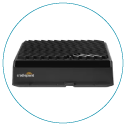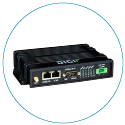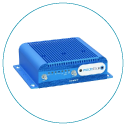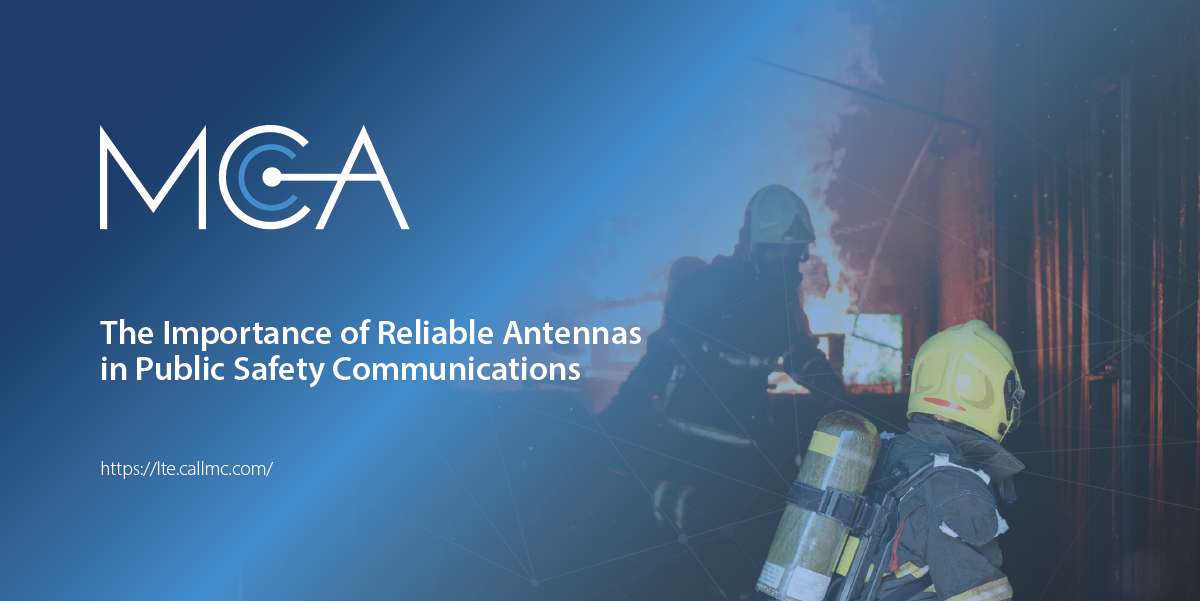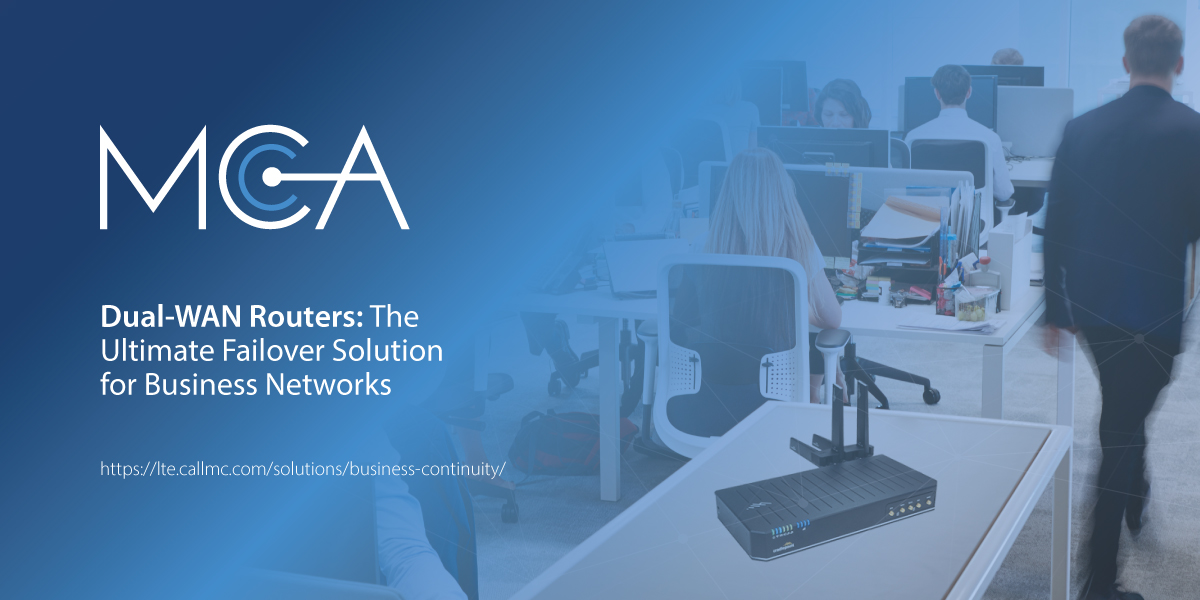Understanding Wi-Fi Technology
Wi-Fi technology has been the backbone of modern connectivity for decades, constantly evolving to keep pace with growing demands for speed, efficiency, and reliability. With businesses and consumers increasingly dependent on wireless communication, understanding the progression of Wi-Fi generations and their unique capabilities is essential for maximizing connectivity performance.
MCA partners with industry leaders such as Semtech, Ericsson, and Digi International to deliver a wide range of enterprise-grade Wi-Fi solutions tailored to meet diverse business needs. This article explores the evolution of Wi-Fi technology, highlights the key differences between generations, and examines the transformative potential of Wi-Fi 7.
The Evolution of Wi-Fi Technology
Wi-Fi standards are defined by the IEEE 802.11 family of wireless networking protocols. Over the years, speed, efficiency, and spectrum utilization enhancements have shaped how businesses and consumers experience wireless connectivity.
| Wi-Fi 4 (802.11n) | 2.4 GHz & 5 GHz | Up to 600 Mbps | MIMO (Multiple Input, Multiple Output) for better signal reliability |
|---|---|---|---|
| Wi-Fi 5 (802.11ac) | 5 GHz | Up to 3.5 Gbps | MU-MIMO (Multi-User MIMO), Beamforming, Wider Channels |
| Wi-Fi 6 (802.11ax) | 2.4 GHz & 5 GHz | Up to 9.6 Gbps | OFDMA (better device concurrency), BSS Coloring (interference reduction) |
| Wi-Fi 6E | 2.4 GHz, 5 GHz & 6 GHz | Up to 9.6 Gbps | Uses 6 GHz spectrum for additional bandwidth |
| Wi-Fi 7 (802.11be) | 2.4 GHz, 5 GHz & 6 GHz | Up to 40 Gbps | Multi-Link Operation (MLO), 320MHz channels, 4096-QAM |
Each iteration of Wi-Fi has focused on improving throughput, efficiency, and latency, making it more suited for modern enterprise needs, IoT applications, and high-bandwidth use cases.
A Guide to Wi-Fi Bands: 2.4 GHz, 5 GHz, and 6 GHz
Wi-Fi networks rely on different frequency bands, each designed for specific purposes and offering unique benefits. Here's a breakdown to help you choose the right band for your needs:
2.4 GHz
- Advantages: Excellent range and strong signal penetration through walls.
- Drawbacks: Slower speeds and higher susceptibility to interference from devices like microwaves and Bluetooth.
- Best Use: Ideal for IoT devices, older hardware, and low-bandwidth tasks where range matters more than speed.
5 GHz
- Advantages: Delivers faster speeds and experiences less interference compared to 2.4 GHz.
- Drawbacks: Has a shorter range and struggles to penetrate walls as effectively.
- Best Use: Perfect for activities like streaming, online gaming, office setups, and VoIP calls that demand higher bandwidth.
6 GHz (Wi-Fi 6E and Wi-Fi 7)
- Advantages: Offers ultra-fast speeds, wider channels (up to 320 MHz), and minimal congestion in the least crowded spectrum.
- Drawbacks: Requires modern hardware and has a shorter range than 5 GHz.
- Best Use: Suited for high-density environments, VR/AR applications, enterprise networks, and cloud-based services that demand peak performance.
With the advent of Wi-Fi 7, businesses can unlock the full potential of all three bands simultaneously through Multi-Link Operation (MLO). This advanced feature enhances connectivity, minimizes network congestion, and ensures seamless performance across multiple channels.
Choose the right Wi-Fi band to match your needs and maximize your network's efficiency and speed.
Key Innovations in Wi-Fi 7
Wi-Fi 7 (IEEE 802.11be) represents the next leap forward in wireless networking, bringing cutting-edge technologies designed to meet modern connectivity demands.
Multi-Link Operation (MLO)
Wider Channel Bandwidth (320 MHz)
Wi-Fi 7 doubles the available channel bandwidth from 160 MHz (in Wi-Fi 6E) to 320 MHz, unlocking dramatically faster data transfer rates and reducing congestion in dense network environments.
4096-QAM: Higher Data Transmission Efficiency
With the adoption of 4096-QAM (Quadrature Amplitude Modulation), Wi-Fi 7 can encode more data per transmission, delivering blazing speeds of up to 40 Gbps—a significant improvement over its predecessors.
Reduced Latency for Real-Time Applications
By combining advancements like optimized OFDMA, MU-MIMO, and MLO, Wi-Fi 7 achieves exceptionally low latency. This makes it perfect for bandwidth-intensive, real-time applications such as telemedicine, AR/VR, cloud computing, and online gaming.
Enhanced IoT and Industrial Capabilities
Wi-Fi 7 is built to support large-scale IoT ecosystems with greater energy efficiency and reliability. This makes it ideal for powering smart cities, industrial automation, healthcare systems, and logistics operations.
In summary, Wi-Fi 7 is set to redefine wireless connectivity, offering unprecedented speed, efficiency, and versatility to keep pace with the needs of our increasingly connected world.
Comparing Wi-Fi 4, 5, 6, 6E, and 7
| Feature | Wi-Fi 4 | Wi-Fi 5 | Wi-Fi 6 | Wi-Fi 6E | Wi-Fi 7 |
|---|---|---|---|---|---|
| Max Speed | 600 Mbps | 3.5 Gbps | 9.6 Gbps | 9.6 Gbps | 40 Gbps |
| Frequency Bands | 2.4 & 5 GHz | 5 GHz | 2.4 & 5 GHz | 2.4, 5 & 6 GHz | 2.4, 5 & 6 GHz |
| Channel Width | 40 MHz | 80 MHz | 160 MHz | 160 MHz | 320 MHz |
| MIMO | Single-user | MU-MIMO | MU-MIMO, OFDMA | MU-MIMO, OFDMA | Multi-Link Operation (MLO), 16x MU-MIMO |
| Latency | Moderate | Moderate | Lower | Lower | Ultra-low |
Wi-Fi 7 outperforms all previous generations in speed, efficiency, and network stability, making it the preferred choice for future-ready enterprises.
MCA Wi-Fi Solutions: Designed to Meet Enterprise Demands
At MCA, we deliver a comprehensive range of Wi-Fi networking solutions tailored to your business needs. Through strategic partnerships with Semtech, Ericsson, and Digi International, we provide cutting-edge wireless connectivity for a variety of industries.
- Semtech: Expertise in IoT connectivity with robust industrial Wi-Fi solutions
- Ericsson: High-performance Wi-Fi integration for enterprise and carrier-grade networks
- Digi International: Reliable, industrial-strength wireless solutions for mission-critical systems
Our solutions empower industries such as IoT, smart cities, education, healthcare, industrial automation, and enterprise networking, ensuring seamless and reliable connectivity. With MCA, you gain access to best-in-class Wi-Fi technology, designed to keep your business connected and ahead of the curve.
Embracing the Future with Wi-Fi 7
Wi-Fi technology continues to advance at an unprecedented pace, and Wi-Fi 7 marks a transformative step forward in wireless connectivity. Offering faster speeds, reduced latency, and greater capacity, it empowers businesses to future-proof their networks while seamlessly supporting next-generation AI, cloud computing, and IoT applications.
Through our strategic partnerships with Ericsson, Semtech, and Digi International, MCA delivers state-of-the-art Wi-Fi solutions designed to meet the unique demands of diverse industries. Ready to elevate your organization’s connectivity? Contact us today to discover the ideal Wi-Fi solutions for your needs!
About MCA and Our CNS Team
MCA is one of the largest and most trusted integrators in the United States, offering world-class voice, data, and security solutions that enhance the quality, safety, and productivity of customers, operations, and lives. More than 65,000 customers trust MCA to provide carefully researched solutions for a safe, secure, and more efficient workplace.
Our Cellular Networking Solutions (CNS) team (formerly known as USAT) is made up of certified experts in designing and deploying fixed and mobile wireless data connectivity solutions for public and private enterprises nationwide - complete with implementation, training, proof of concept (POC), system auditing, and on-site RF surveying services with optional engineering maintenance contracts.
Our extensive catalog of world-class routers, gateways, and software designed for remote monitoring and management in even the harshest environments allows us to deliver a full suite of reliable technologies capped with a service-first approach.
Share this Post
